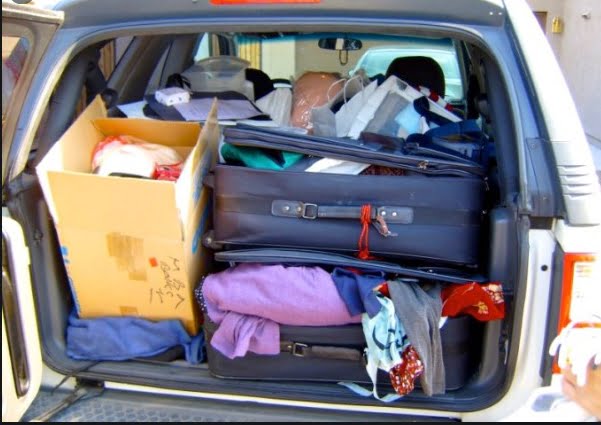Numbers of Homeless Older Women: How Accurate are the Statistics?
The ABS recently released its latest homelessness estimates based on the census of 10 August 2021.
I believe that it is necessary to question the current accuracy of these figures regarding the numbers of older women who are homeless.
First, the ABS says that “The rate of homelessness for people aged over 55 decreased from 29 people per 10,000 in 2016 to 26 people per 10,000 in 2021.”
The census was taken prior to the 11 interest rate rises and the spiralling cost of living over the last year. We know that there has been a massive increase, not a decrease, in the numbers of older women who cannot afford to pay rent or their mortgages.
The rapid rise over the last year in the cost of rentals has also meant that older women who constitute the majority of those on Jobseeker, are unable to afford to rent any places in the capital cities. It is a 10 year wait for public housing in some cities and in others, women cannot apply before the age of 80.
Second, the ABS acknowledges that its statistics on homelessness are a Homelessness Estimation. The ABS is to be commended on the fact that unlike the previous census, this one included a Homelessness Enumeration Strategy.
It sought to collect more data about homeless people living in three broad situations on Census night:
- Not in a dwelling, ( tents, sleeping rough)
- In a private dwelling but temporarily or in overcrowded conditions
- Non-private – boarding house, temporary lodging
But, I noticed that although the ABS specifies tents and sleeping rough in the ‘Not in a Dwelling’ situation, there is nothing listed to indicate that census forms were to be delivered to women sleeping in their cars. Older women forced into homelessness often choose to live in their cars rather than risk sleeping rough or in disreputable, unsafe boarding houses. It is highly unlikely that census officials could locate these women even if they were asked to do so. Nor is it likely that census forms reached the thousands of older women couch surfing. In addition, the ABS does not even have the workforce or the capability to locate women sleeping rough.
Third, the census was taken during lockdown so that the capacity of officers to deliver the forms was severely limited.
It is widely understood that older women are invisible in our society.
The fact that too many are invisible in census statistics must be urgently remedied in order to fully understand the magnitude of this social crisis engulfing them.
If you liked our post, please consider becoming a supporter of
A social enterprise advocating for economic security and social inclusion of Australian women aged 50+.
We campaign against the discrimination and general invisibility women 50+ face.
We tell the stories of women 50+ who are re-defining how women age.
SUBSCRIBE to receive latest posts in your Inbox.
SUPPORT our advocacy and keep us accessible to all women.




Leave a Reply
Want to join the discussion?Feel free to contribute!